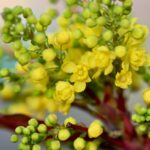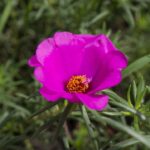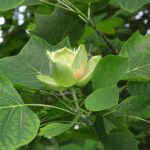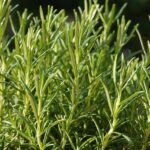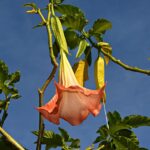Pruning and trimming the flowering dogwood
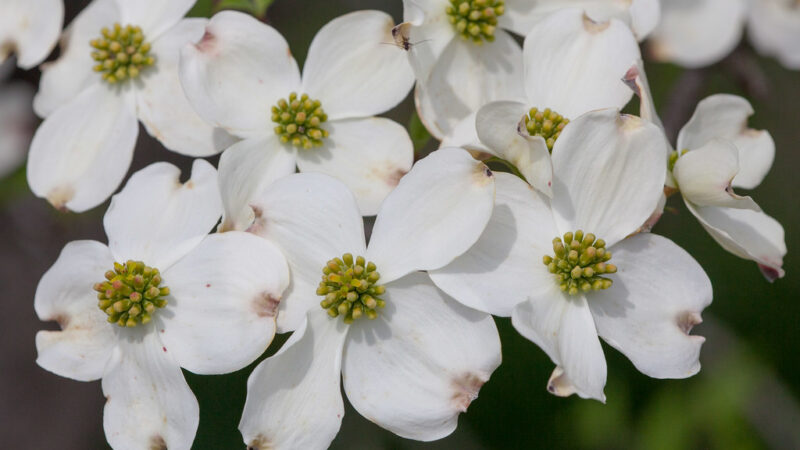
Pruning a flowering dogwood is an exercise in subtlety and restraint, as the tree’s natural, graceful form is one of its most cherished attributes. Unlike many other landscape plants that require regular, heavy pruning to maintain shape or encourage flowering, the dogwood generally looks its best when allowed to develop with minimal interference. The primary goals of pruning this species are not to control its size, but rather to maintain its health, enhance its elegant structure, and remove any wood that is dead, damaged, or diseased. Understanding when and how to make the proper cuts is essential to preserving the unique beauty of this classic ornamental tree.
The philosophy of minimal pruning
The guiding principle for pruning a flowering dogwood should always be “less is more.” This species naturally develops a beautiful, horizontally tiered branching structure that is difficult to improve upon with shears or a saw. Aggressive or improper pruning can easily destroy this inherent form, leading to a butchered appearance and a profusion of unattractive, vertical water sprouts that erupt from the pruning cuts. Therefore, the pruner’s role is to act as a subtle editor, making thoughtful cuts only when necessary, rather than imposing an artificial shape on the tree.
For a healthy, well-sited dogwood, very little pruning may be needed for many years. The tree is not meant to be sheared into a formal hedge or topped to control its height. Attempting to keep a dogwood smaller than its genetically predetermined size through constant pruning is a losing battle that will ultimately ruin its health and appearance. The far better approach is to choose an appropriate planting location from the start, one that can accommodate the tree’s mature height and spread, thereby eliminating the perceived need for drastic size-reduction pruning later on.
The focus of any pruning activity should be on the three D’s: removing wood that is dead, damaged, or diseased. These types of branches should be removed as soon as they are noticed, regardless of the time of year, as they can serve as entry points for pests and pathogens and can detract from the tree’s appearance. Beyond this essential maintenance, the only other cuts typically warranted are those to remove branches that are crossing and rubbing against each other, or to remove the occasional awkward shoot that disrupts the natural symmetry of the canopy.
This philosophy of minimal intervention respects the tree’s innate growth habit. It requires the gardener to observe the tree’s structure and make deliberate, purposeful cuts that work with its natural tendencies. Before making any cut, it is wise to step back and visualize how its removal will affect the overall shape of the tree, both now and in the future. This patient and considered approach will ensure the dogwood’s elegant character is preserved and enhanced for years to come.
More articles on this topic
The best time to prune
The timing of pruning is a critical factor that can influence the tree’s health and its flowering display. The ideal time to perform any necessary structural pruning on a flowering dogwood is during its dormant season, typically in the late winter or very early spring before any new growth begins. Pruning during dormancy has several advantages. The absence of leaves allows for a clear view of the tree’s branching structure, making it much easier to identify problems like crossing branches and to make well-placed cuts.
Pruning during the dormant season also minimizes stress on the tree. At this time of year, the tree’s metabolic activity is low, and it is not actively transporting large amounts of water and nutrients. Pruning cuts made during this period are less likely to “bleed” sap, and the tree has the entire upcoming growing season to close and compartmentalize the wounds. Furthermore, the cold temperatures help to suppress the activity of many disease pathogens and insect pests that could otherwise infect fresh pruning wounds.
It is crucial to avoid pruning a dogwood in the late summer or autumn. The flower buds for the following spring are set on the tree during the summer months. Pruning at any point after these buds have formed will result in their removal, thereby sacrificing the next year’s floral display. Additionally, pruning in the fall can stimulate new growth that does not have sufficient time to harden off before the arrival of cold weather, making it vulnerable to winter injury.
While major pruning is best left for the dormant season, the removal of dead or damaged branches can and should be done at any time of year they are discovered. This is a matter of sanitation and safety and does not have the same negative impacts as pruning live, healthy branches at the wrong time. Promptly removing a broken or diseased limb helps to prevent the spread of decay or disease into the healthy parts of the tree.
More articles on this topic
Proper pruning techniques
When it is necessary to prune, using the correct technique is essential to ensure a quick recovery and prevent damage to the tree. All cuts should be made with sharp, clean tools. Bypass pruners are suitable for small twigs, loppers for medium-sized branches, and a sharp pruning saw for larger limbs. Anvil-style pruners should be avoided as they can crush the branch tissue. It is also a good practice to sterilize the tools with rubbing alcohol or a bleach solution between cuts, especially when removing diseased wood, to avoid spreading pathogens.
When removing an entire branch, it is critical to cut it back to the branch collar. The branch collar is the slightly swollen area of tissue at the base of the branch where it joins the trunk or a larger limb. This collar contains specialized cells that are responsible for closing over and sealing the wound. The pruning cut should be made just outside this collar, without leaving a stub and without cutting into the collar itself. A cut that is flush with the trunk (a flush cut) creates a much larger wound and removes the very tissue the tree needs to heal properly.
For larger branches, a three-cut method should be used to prevent the weight of the falling branch from tearing the bark down the side of the trunk. The first cut is an undercut, made on the underside of the branch about a foot away from the trunk, cutting about one-third of the way through. The second cut is a top cut, made an inch or two further out from the undercut, cutting all the way through the branch. This removes the bulk of the weight. The final, third cut is then made to cleanly remove the remaining stub just outside the branch collar.
After pruning, it is generally not necessary or recommended to apply wound paint or sealant to the cuts. Research has shown that these products can inhibit the tree’s natural wound-sealing process and may trap moisture, creating a favorable environment for decay fungi. A properly made pruning cut that respects the branch collar allows the tree to use its own highly effective defense mechanisms to compartmentalize the wound and protect itself from infection.
📷 Flickr / Szerző: David Illig / Licence: CC BY-NC-SA 2.0

